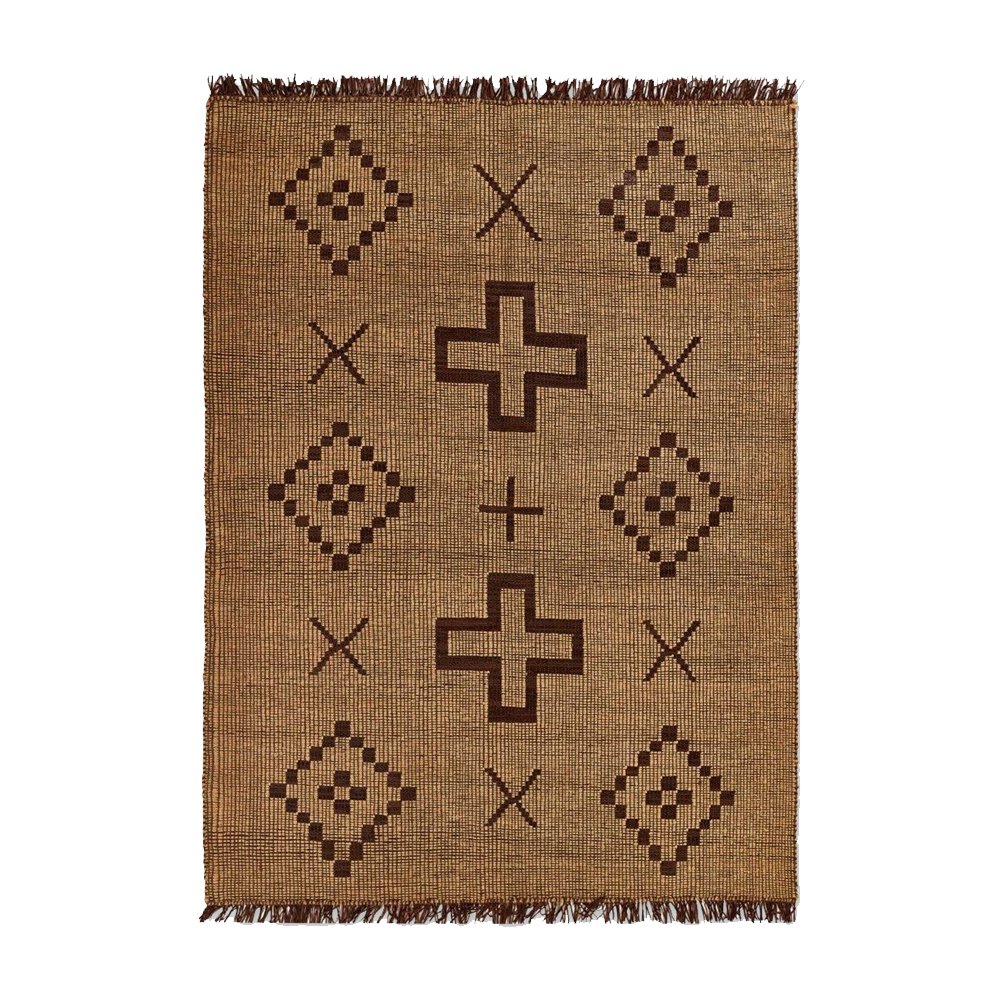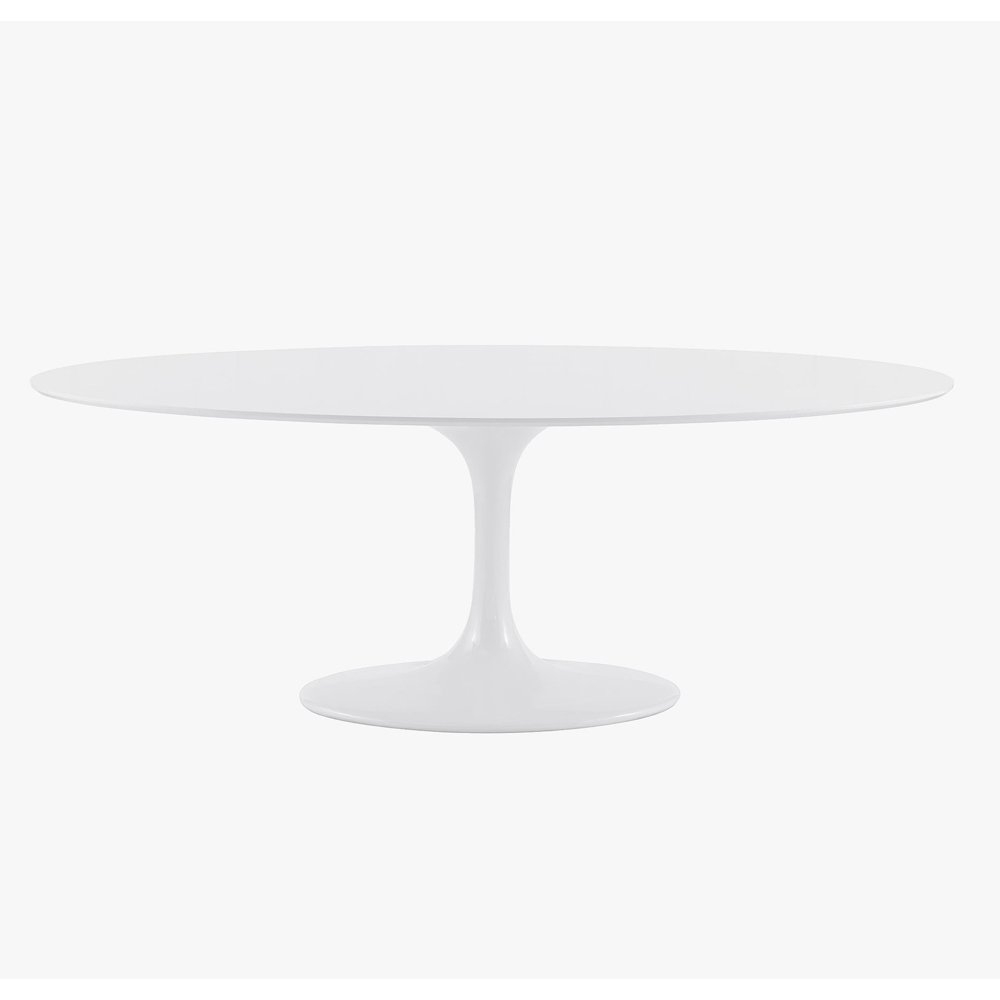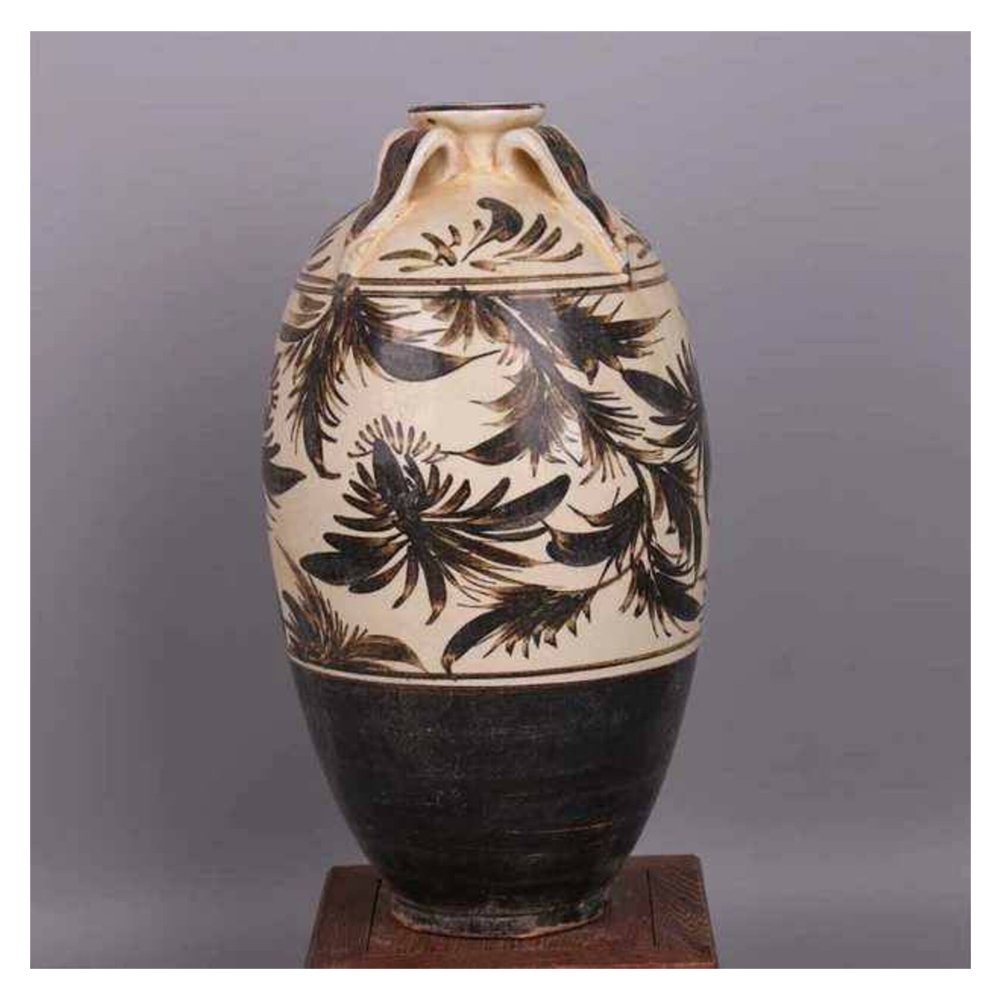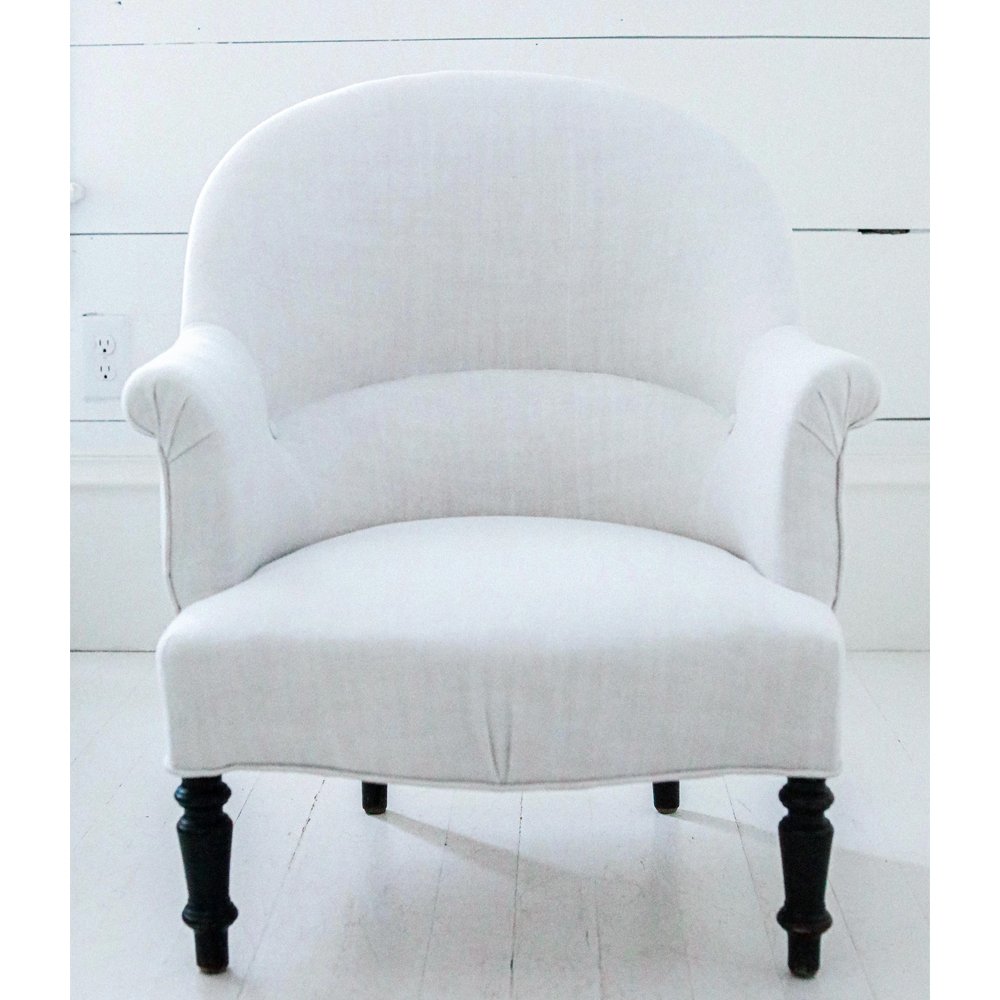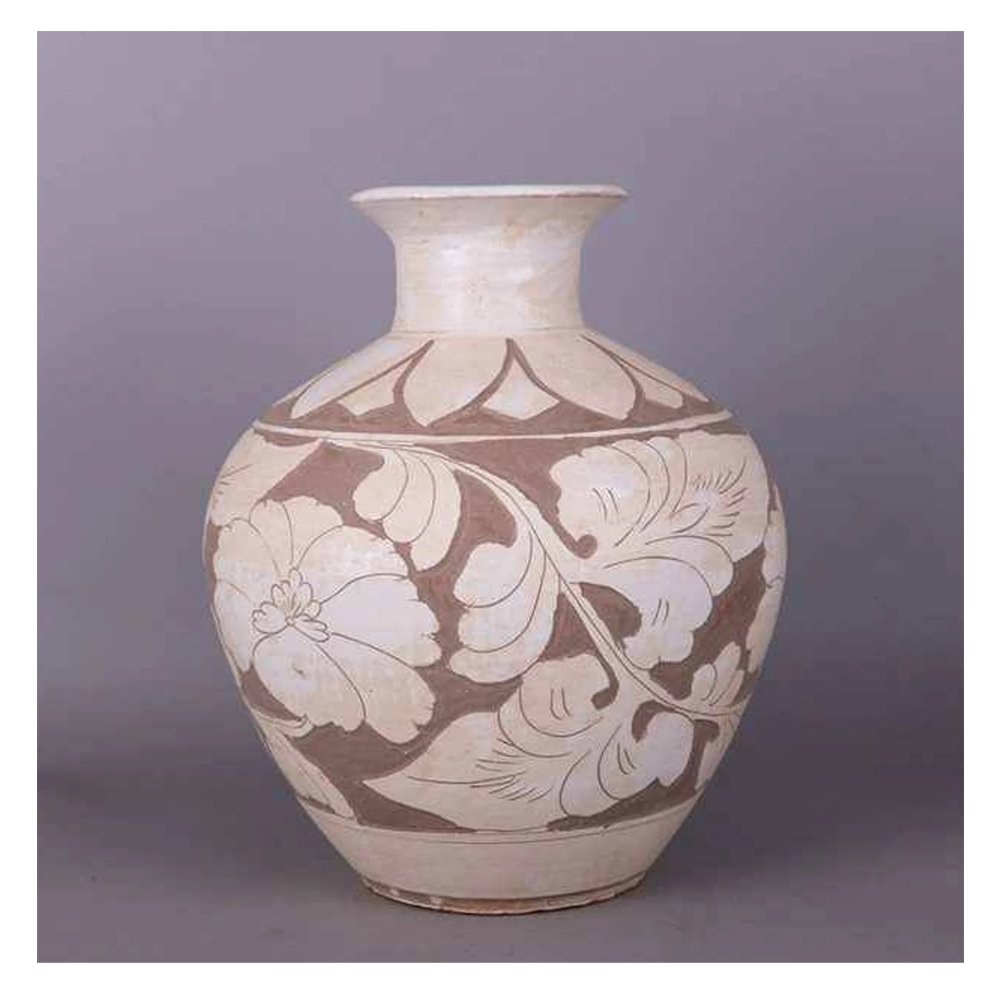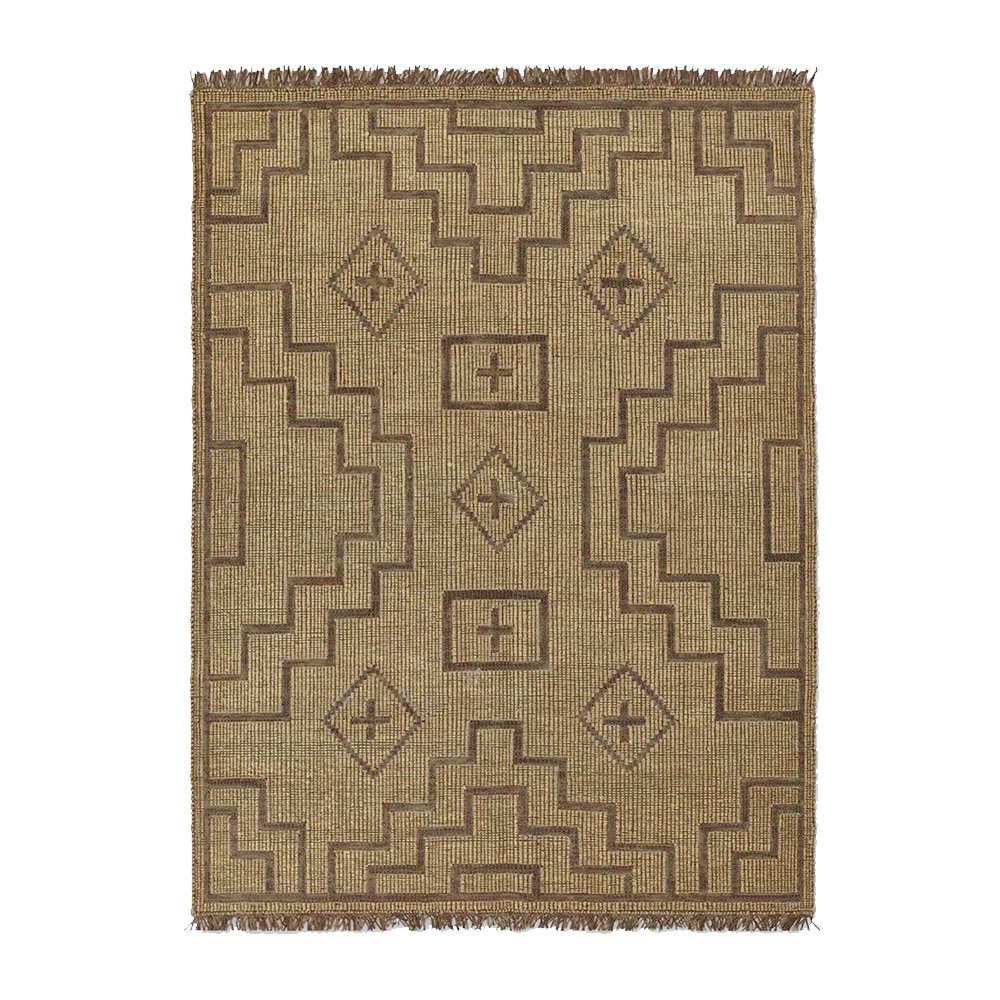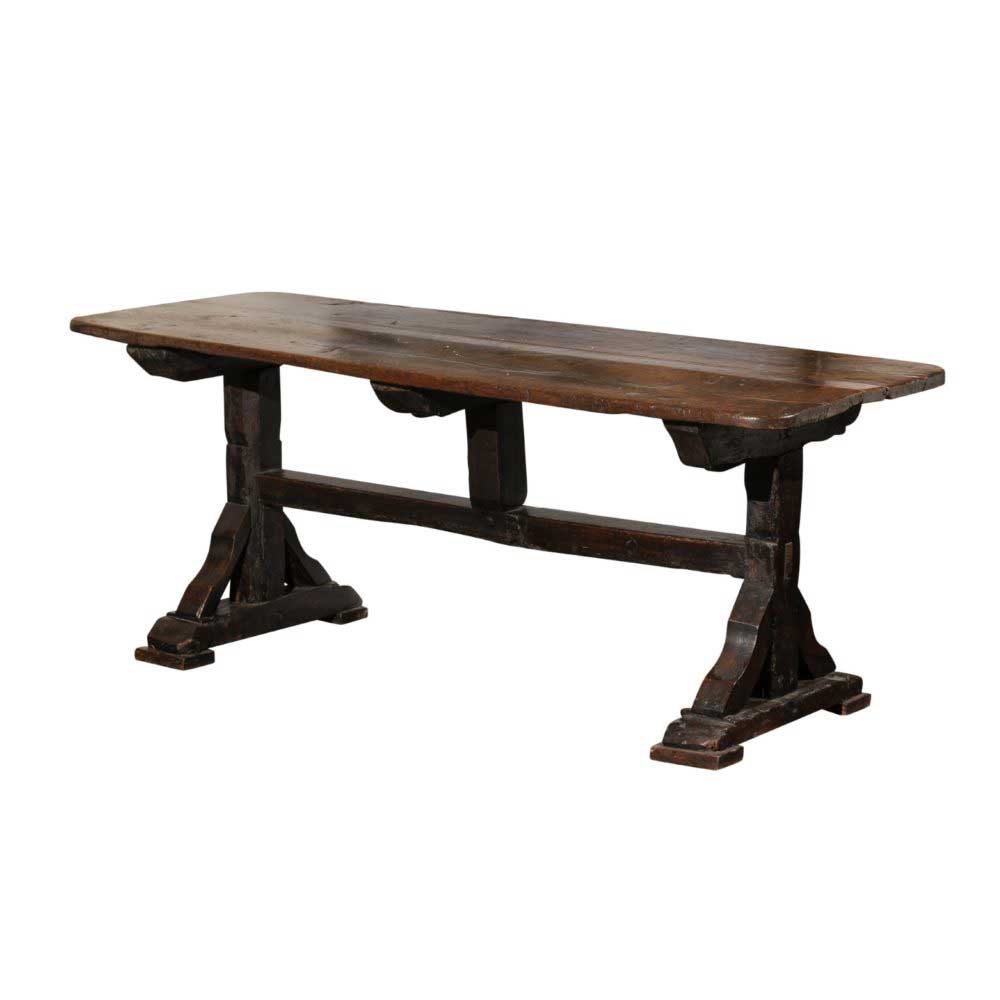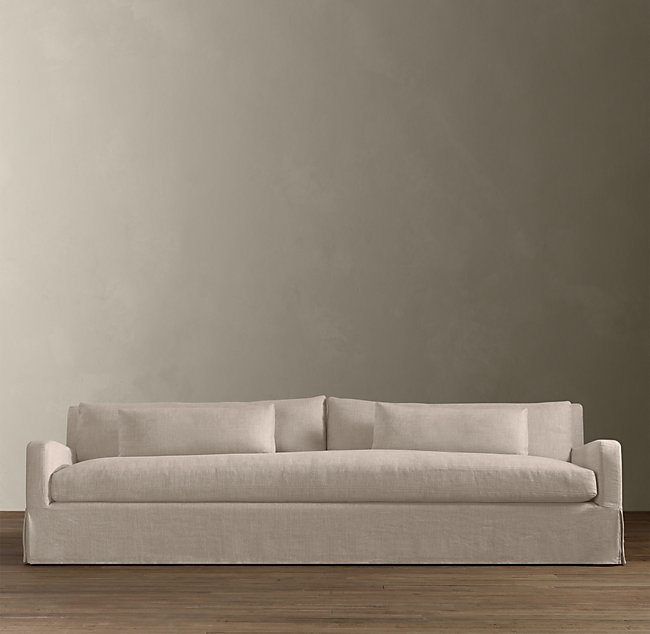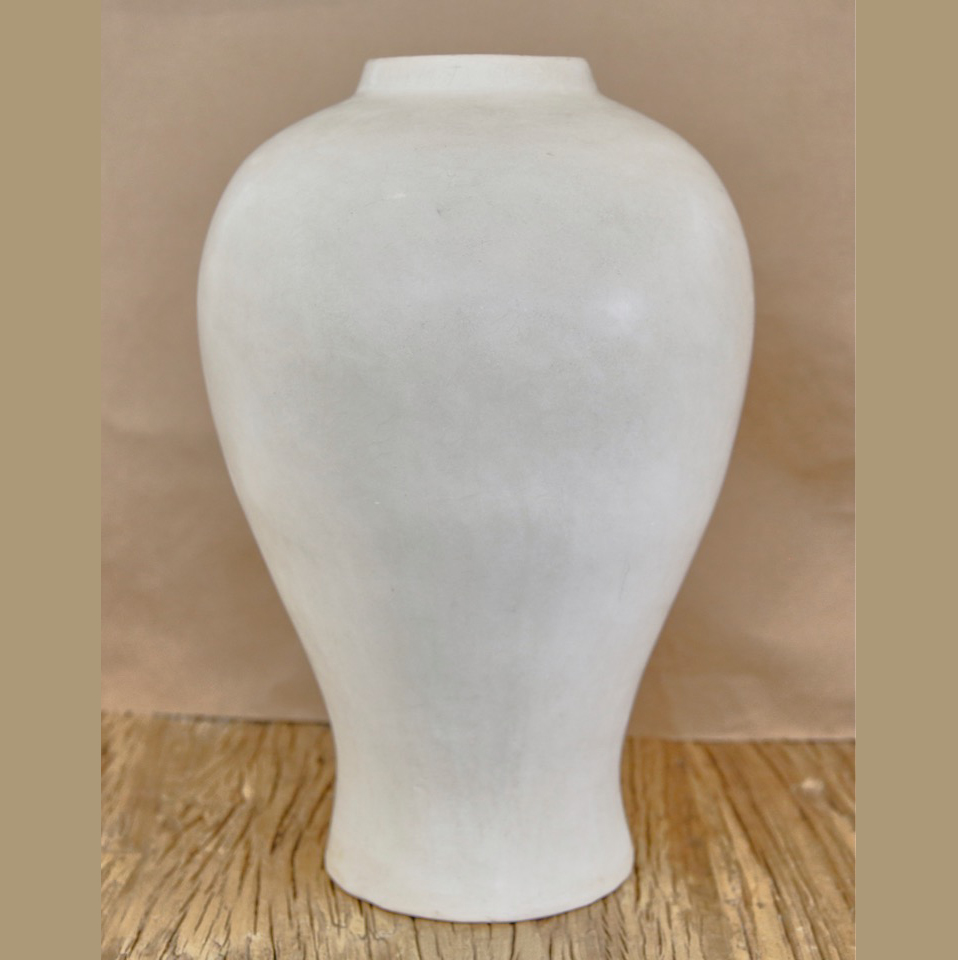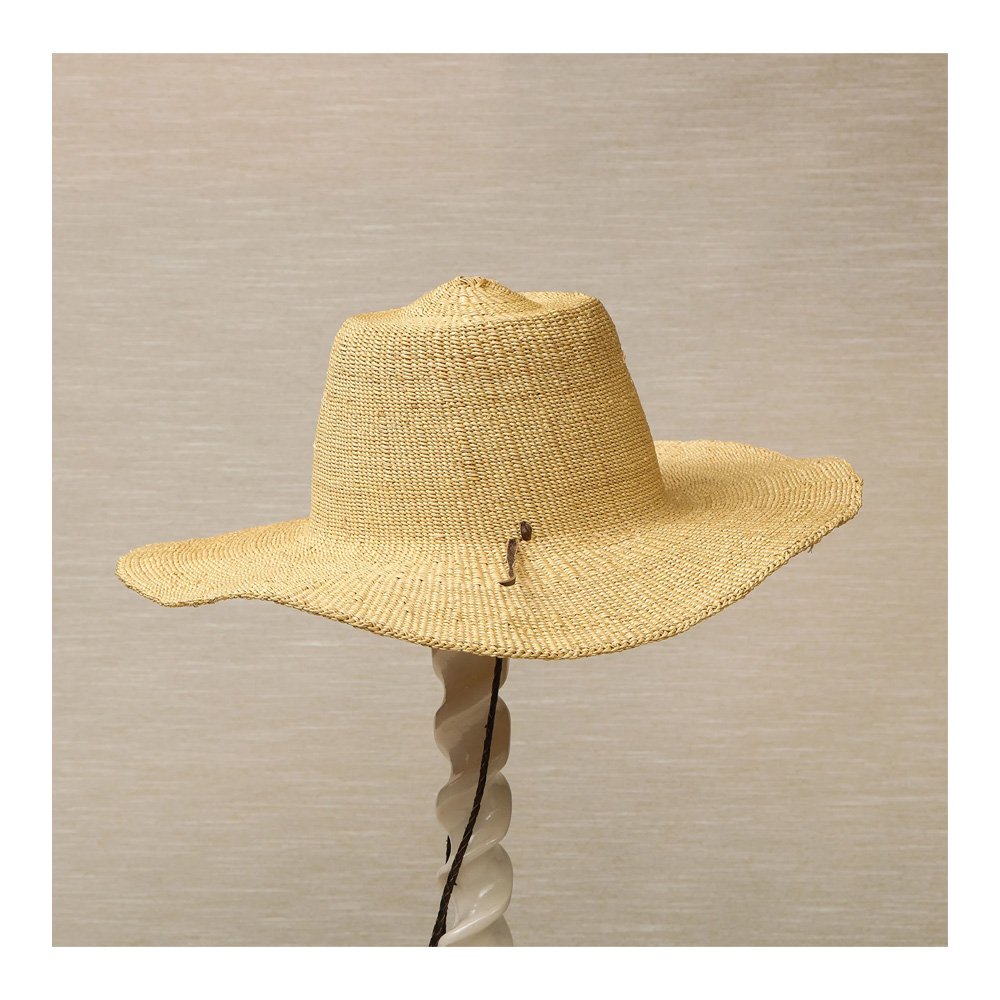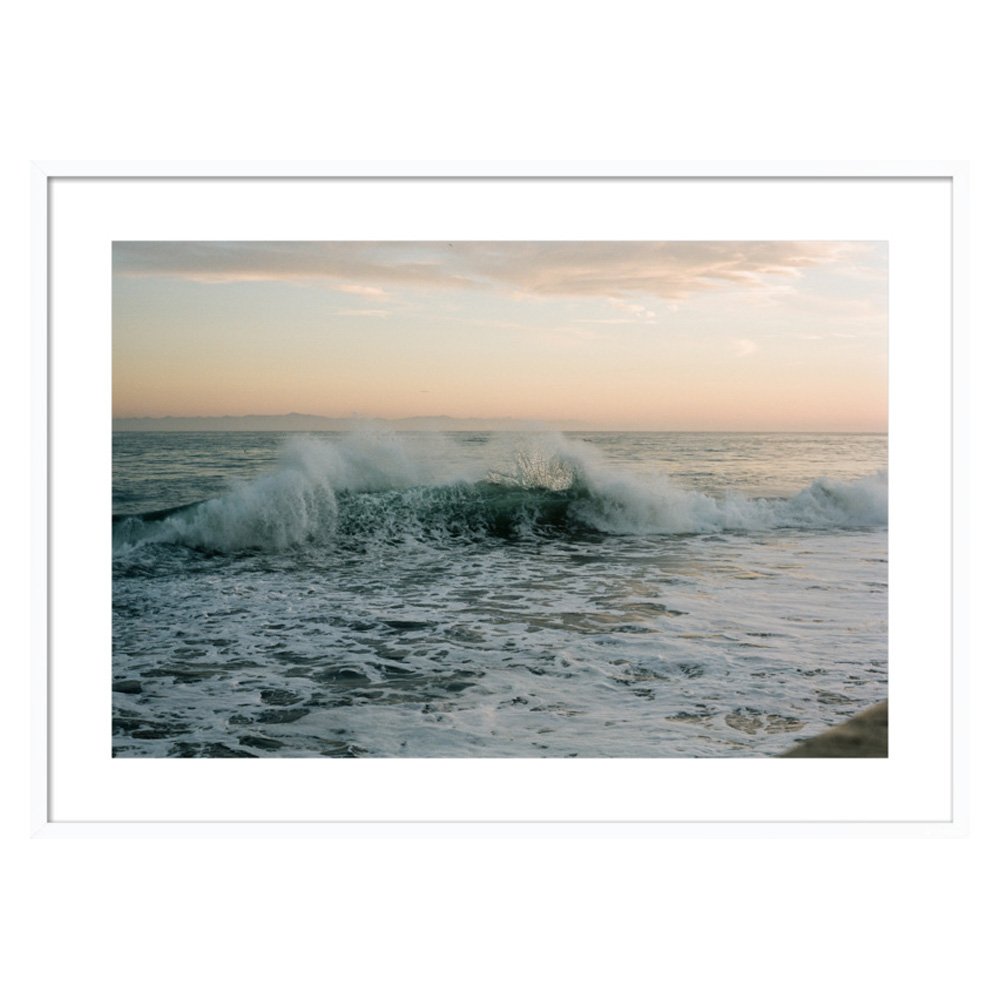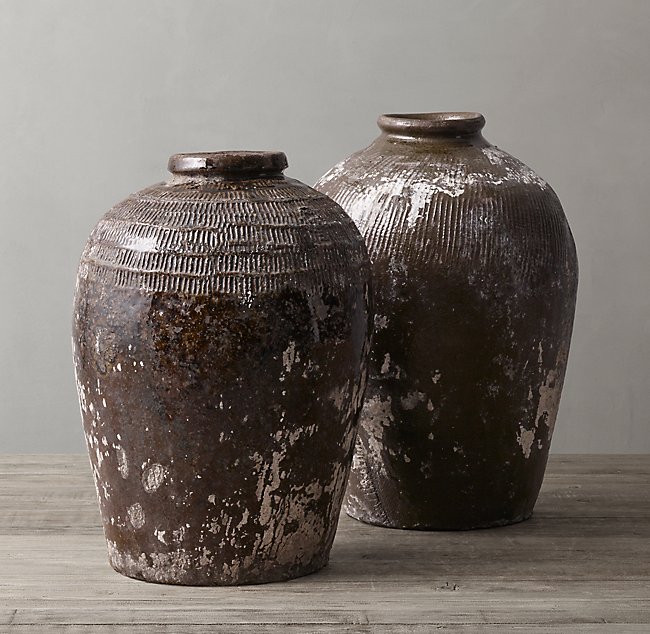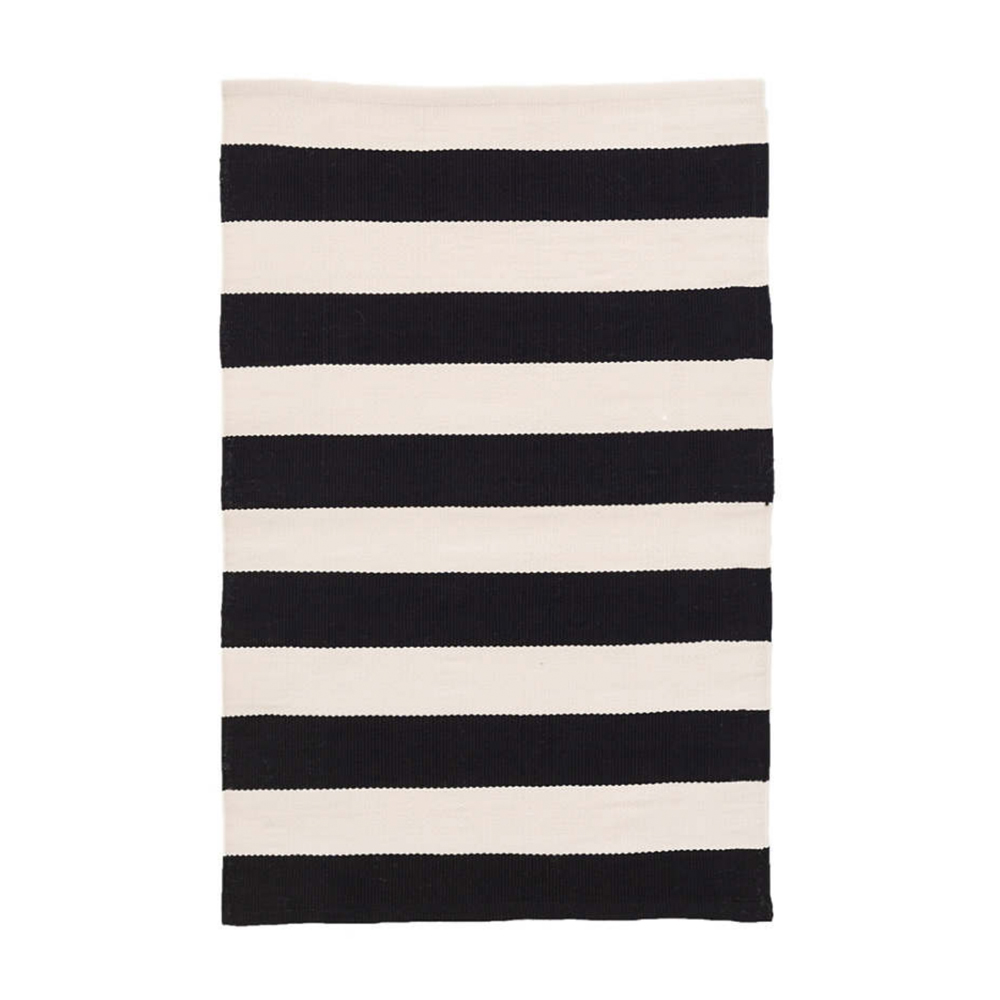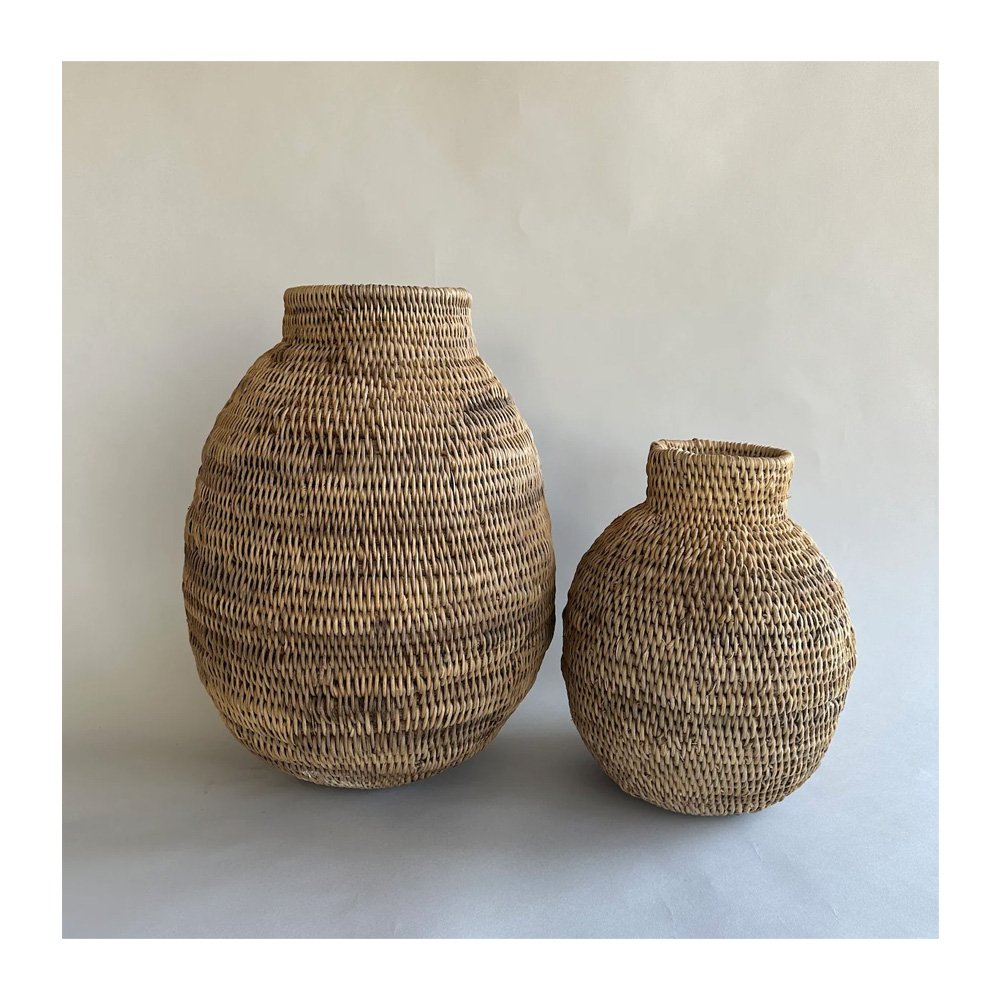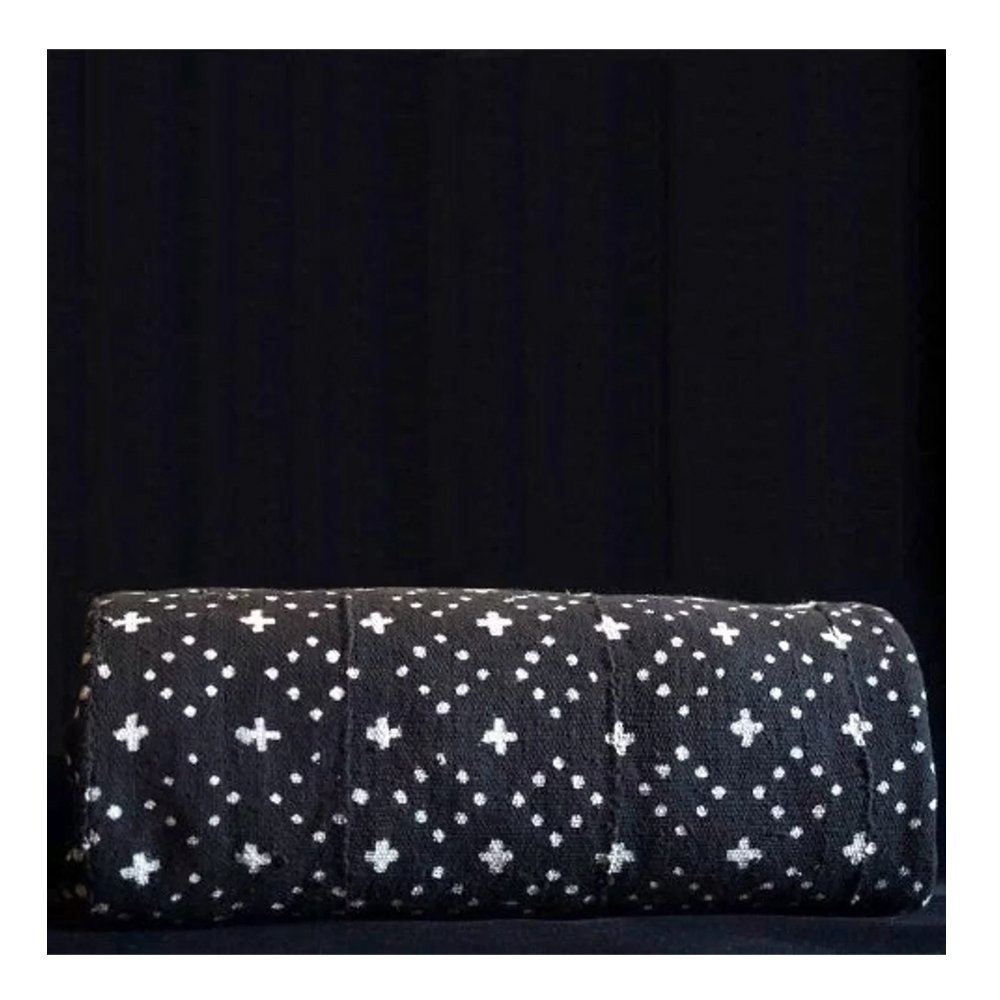Glenn Ban’s East Hampton Hideaway

Written by S. Pajot | Photographed by Marta Xochilt Perez | Produced and Art Directed by Michelle Adams
“There is an honesty about this house,” Glenn Ban says. “That’s why I love it.” Built in the early 1800s, and long rented as a writer’s retreat, Ban’s beloved East Hampton home began as a single room. “The living room was the original structure, and then the kitchen was added about 25 years later, and then the bedrooms and bathroom,” he explains. But even with its several rooms, this nearly 200-year-old, cedar-shingled cottage remains very much a tiny hideaway. It’s tucked onto the back lot of a two-acre property, behind “this huge, old barn,” which itself is hidden behind the main house, “a large, old Victorian-style place.”
Ban’s shoes sit alongside his son’s beneath an antique bench. (“I really love stools; they’re great for putting things on, and they’re easy enough to tuck away,” he says.) Meanwhile, an exhibit of internationally foraged natural treasures and art purchases sits atop the window ledge. “I am a known collector of objects and things,” Ban laughs.
An interior designer who’s worked on homes for supermodels Carolyn Murphy and Liya Kebede, Ban has made his own home at the eastern end of Long Island, in the Hamptons, for the last 15 years. He moved here from New York with his ex-partner in 2003, just as they were preparing to welcome a child. “I didn’t want to raise my son in the city,” he says. “And I had been coming out to the Hamptons for a few years, exploring different parts, more as a weekender. And I loved it out here. I loved the slower pace.”
For his first eight years in East Hampton, Ban, a Pratt graduate and former working photographer, chose to be a stay-at-home dad. “I decided to take a break and raise my son,” he says. “But right around kindergarten time, that’s when everything started to happen for me, and I transitioned into interiors.”
I’m always attracted to homes that have an honesty about them.
He has been working as a designer for seven years now. And he has been living in his little back-lot cottage since 2016. “It’s so perfect for us,” Ban says. And with its simple, spare beauty, tall white walls, six-over-six windows, dark hardwood floors, and exposed bracing and beams, this lovely, modest house has also been an ideal place in which to experiment with his own ideas about how to live well in the Hamptons. After all, it’s not the ostentatious aspects of the area that appeal to Ban; he craves the simpler stuff.
“The beach is a two-mile bike ride from the cottage. So in the summer, I can just jump on my bike and go over to the ocean,” he says. “There are great farms, and so many farmers’ markets, and I love to pick up fresh vegetables and then bike home to cook my vegetarian chili or grill some eggplant with olive oil, salt, pepper.”
Ban is an avid (though choosy) antique and vintage buyer. “I love things that are grounded in history,” he says. “I always try to incorporate antique and vintage things in the projects that I do, no matter what time frame they come from. Whether they’re wicker or primitive or Mission or Colonial or African, they all work in harmony. I also feel it’s important to reuse, and it’s important to look back at the history of things. Antique and vintage things add tremendous character to a space.”
And he likes a simple home to match this simple lifestyle. “This is not a very East Hampton house,” Ban says of his cottage. “Houses tend to be built so large out here, but I just needed a place for me and my son. In the typical Hamptons house, there’s this overabundance of space that people fill with lots of [oversized] furniture. There’s a lack of character, a lack of interest, a lack of home.”
It’s not that homes with character don’t exist out here. It’s just that most houses are merely furnished spaces.
Ban prefers small rooms and cherished things. “What I do for myself here is try to create a home that feels collected and curated, a space where everything has meaning,” he explains, “whether it’s pottery or art or a piece of furniture that I found at a flea market, an antique store, or auction.”
Ban loves biking back and forth between his cottage, the beach, and the farmers’ markets. “Then I’ll usually hit the liquor store for some wine,” he chuckles, “before heading home to cook dinner. I am known for my vegetarian chili, and I’ll make that all year-round.”
His favorite books sit in stacks on prized pieces of furniture. Stones and other little treasures from his travels are strewn across the tops of most tables. A photograph by friend Barry Balczun of the Cape Cod seashore, where Ban and his son spend their summers, hangs above the daybed in the cottage’s front room. “A lot of Hamptons homes are just filled with stuff because they’re only being used for the summer,” he points out. “Those homes are not defined by the people who inhabit them. I like to be surrounded by a sense of meaning.”
Every morning, Ban wakes up, amid his favorite things, with his favorite person—his son—feeling lucky that he found his hideaway. “When I moved in, all I did was put a simple coat of white paint on the walls, and in the kitchen, I painted the floors white, just to brighten it up. It already had the right amount of character,” he explains. “The honesty of this house rings true. And I just use it as the backdrop for the things that I love.”
Get THE LOOK
Our product recommendations may include items from our sponsors and/or contain affiliate links, which means we may earn a commission when purchases are made. Rest assured, every item is genuinely chosen by our editorial team.


